



















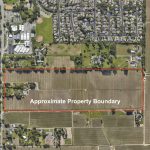




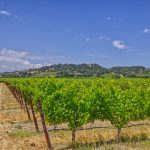



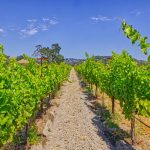
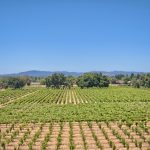


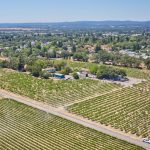
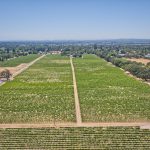
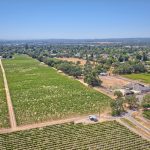
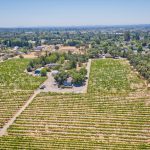
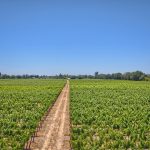
Positioned within the city limits of Windsor California and just 0.75 miles from Highway 101, this property offers exceptional potential as a transitional land investment. Currently operated as a wine grape vineyard with existing improvements, its long-term value lies in future residential development potential once conditions and entitlements align in Windsor.
38.67 ± acres are planted to premium vineyard within a multi-AVA location: Chalk Hill AVA, Russian River AVA and Sonoma Coast AVA. Varietals include: Chardonnay, Zinfandel, Albarino, Sauvignon Blanc, Cabernet Sauvignon, Petit Verdot, Merlot, Cabernet Franc, Malbec, Grenache Noir, Grenache Blanc, Semillon, and Viogner. The vineyard is proudly Sonoma County Sustainable Certified.
There are three modest residences: 2,500± SqFt, 1,450± SqFt & 1,500± SqFt. Other improvements include a tractor shed, workshop, boat shed and other outbuildings. Ideal set up for a working ranch.
Surrounded by vineyards and wineries in a region with increasing housing demand, this site is ideal for developers seeking to secure land now for future urban use in one of Sonoma County’s most desirable growth corridors.
Presented at $8,000,000
Click Here For Wine Country Real Estate Articles, Facts and Figures
1,400 vineyard acres
4 wineries
Earned AVA status in 1983 w/revision in 1988
Soil, climate and elevation all separate Chalk Hill from other parts of Sonoma’s
Russian River Valley. Occupying the northeast corner of the larger Russian River AVA, Chalk Hill is named for its unique, volcanically-derived, chalky white ash soils. These mildly fertile soils lend themselves to the production of excellent whites, particularly Chardonnay and Sauvignon Blanc. Chalk Hill’s five wineries sit above the rest of the valley, on the western benchland slopes of the Mayacamas Mountains, separating Sonoma from Napa. The appellation enjoys a warmer climate relative to the rest of the Russian River Valley. Due to the higher elevation of this viticultural area, vineyards escape much of the cooling fog that regularly shrouds the lower-lying growing areas near the river. More Info.